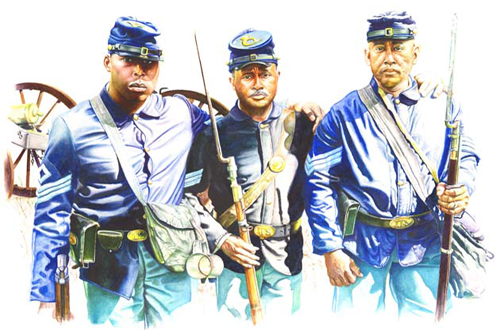VTS Assyrian Figure at Lincoln University.wmv
Click on title above to activate video
This VTS was of course different from the initial ones, versus the little groups with my daughters and their guests. My Introduction to Art class at Lincoln University consists of more than twenty students. So the personable connections that I have made with my family are nothing like the ones I make with these classes. Most all of the intro students seemed enthusiastic about this VTS session, and now that we have completed this one, most are looking forward to more, and many of them are almost expecting it. I was afraid that the Assyrian figurine might be provocative for my groups at home, but not with this class because of the age difference. The dilemma of introducing cross-cultural artifacts into the discussion versus the little groups with my daughters also becomes a non-issue. Although I thought it proper to receive an OK from the Fine Arts department at Lincoln University first before producing this video. Dr. Don Govang Chair of the Department of Visual and Performing Arts informed me that as long as the video was for educational purposes, it was fine.
What did the students notice about the art?
Most of the group picked up on the points that this was some type of ceremonial figurine or something in relationship to a religious type of idol. There were a couple questions about the figure’s origin and medium that came up during this discussion. There was a similar connection that my larger class made that my smaller group at home paralleled with, and that was the Egyptian geographical and stylized connections. Although I know we have been covering the Paleolithic through Mesolithic Stone Age periods in my Intro class, it’s partly impossible to cover every minute aspect, but this figurine became an interesting motif. They understood that this figurine had some sort of meaning, either within a religious or ceremonial context. The students interactions during this VTS session was nothing unusual, and I was pleasantly surprised at how many of them kept digging for data, which brings me directly to my next observation.
You can scarcely pick up on or hear this observation during the video, but a number of students complained to their classmates that it was evident that only a few people were taking part in the discussions. They were correct, because this class (besides the three late comers, you can hear the door slamming a view times) consists on a daily average of twenty plus students. Although, during the VTS there were only five or six "active" participants that either had inquiry or was lead into query. Two of my students put their classmates on notice that they need to start asking questions, especially since it appears that we will be doing another one of these in the near future. Even the gentleman who was operating the camera appear interested in doing another video, although we unquestionably need to work on some lighting issues.
My facilitating and practice sessions are improving and I was comfortable with this class because I have been interacting with them now for a few weeks. Getting out of the way and letting the discussion take its natural course is something that I still have to work on, but looking at the video I do see some improvements versus our last session at the museum. Some of the students commented on this, and I believe I reverted to my less didactic demeanor myself. Now there was a learning moment if I have ever had one.
Were there any surprises? Yes, this session went better than I expected, although in retrospect, I’m not really sure what I expected. It appears that these students made the cross connection that art crosses over into our lives not only through paintings and drawings, but it also makes social and religious statements within the instrumentalist method of judging art. Although I was worried about some of the young adults’ vocabularies that I hear my students use. I was hoping that none of that would find its way into the audio section of this or any VTS. That was not a problem, nor do I think it will ever be a problem in the future. One of my students in this class, I had when I was student teaching at Saint Joseph Elementary School over seven years ago. Let’s not forget; unlike the high school arena, the average age of these students’ is eighteen or twenty. Many of them are fresh out of high school with some of their colorful metaphors still in tact; well I think you get the picture, enough said about that.
Subscribe to:
Posts (Atom)
